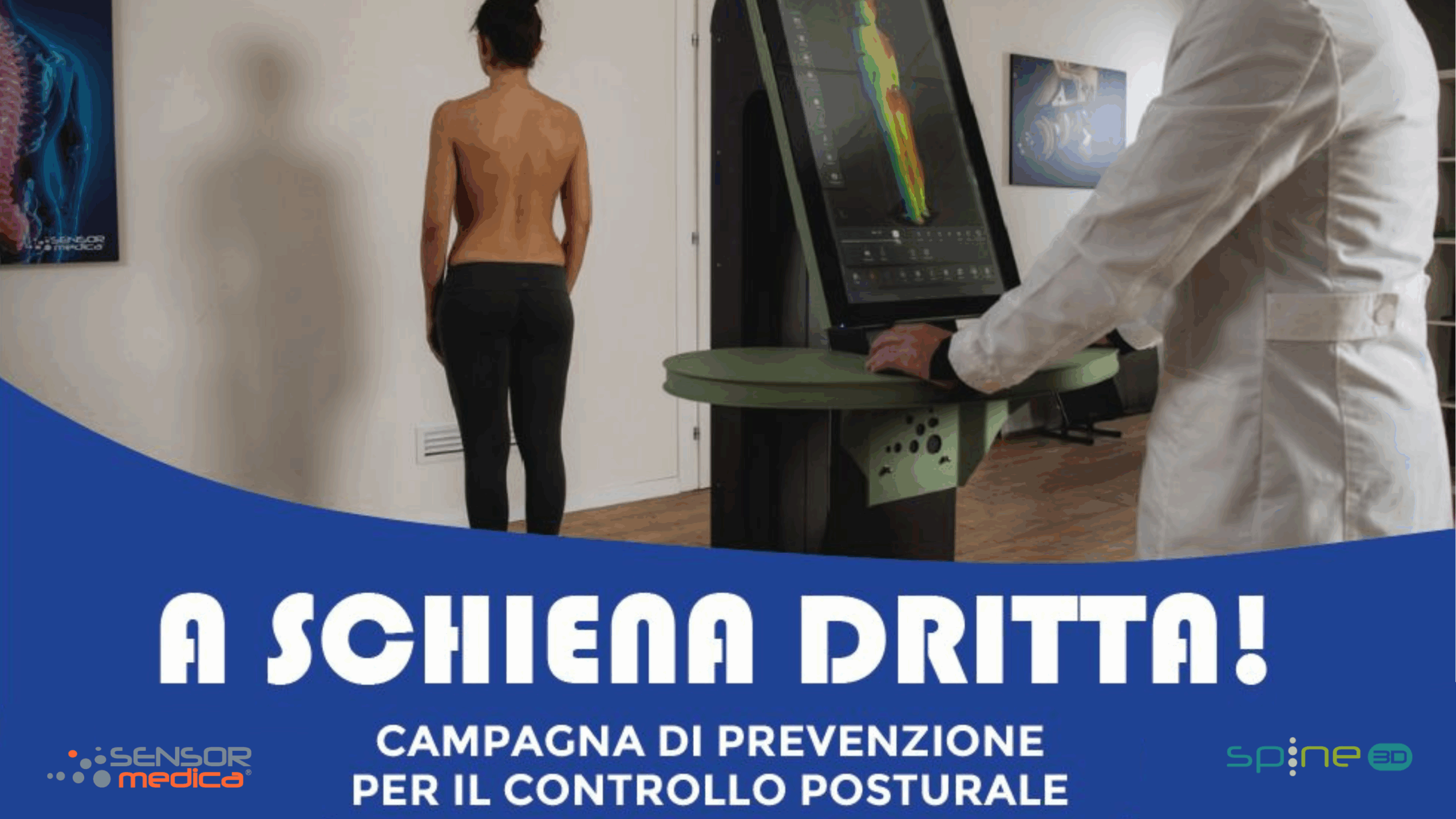
What are occupational diseases?
- admin
- September 2, 2022
- Information
- Back pain, Biological agents, Check-up, Chemical agents, Diseases, INAIL, Occupational, Pain, Psychic and psychosomatic, Safety
- 0 Comments
There is always too little talk about it, yet the incidence of occupational diseases is by no means trivial and affects a very large number of workers. Surely there is a lot of neglect on the part of each of us and a lot can (must!) Do even the employers (the responsibility of the employer, of course, arises when he has not observed the obligations imposed on him for the protection of worker). There is no shortage of regulations in this regard and in recent years the attention to the well-being (and safety) of the worker fortunately seems to receive more and more attention. Problems that are constantly renewed. Just think of a type of employee that did not exist until a few decades ago, forced for hours and hours in front of a monitor and most of the time in continuous telephone conversation. Many of these physical problems affect the musculoskeletal system and connective tissue, generating pain and discomfort that can be cured, but which certainly can and must be prevented.
But what do we mean when we talk about occupational disease?
By occupational disease (recognized by a competent doctor) we mean a pathology that is caused or co-caused by work exposure to specific risk factors (i.e. present exclusively in the workplace) which, acting slowly and for a long time over time, can determine chronic effects.
What are the most common occupational diseases?

Here it is not possible to make a complete list of all occupational diseases, but we can give you an overview of the most common ones, certain that it will help to better define the area in which one moves. There is a list of diseases for which there is a legal presumption of their professional origin. In these cases, the employee will only have to prove the existence of the disease and the performance of duties that expose it. Diseases are divided into “Lists”, a subdivision based on risk. In List number one the diseases with high probability, up to the “possible” ones included in List number three.
In List number one we find diseases related to chemical agents or physical agents (such as those that we will see shortly with some additional statistics and that concern us in a more direct way). But there are also diseases caused by biological agents or affecting the respiratory system or the skin, up to even tumor pathologies. In List number two (limited probability) we also find mental and psychosomatic illnesses caused by the organization of work, such as chronic post-traumatic stress disorder. In List number three the categories are always the same, but we talk about less likely consequences (obviously not all jobs affect our health in the same way).
Let us look at some statistics
In Italy, in 2020, occupational diseases of the musculoskeletal system and connective tissue accounted for 69% of the total pathologies reported to INAIL (National Institute for Insurance against Accidents at Work).
But what are the professional activities that can cause this type of problem? We already mentioned it a little while ago, when we talked about diseases caused by physical agents: the manual lifting of heavy loads, pushing and pulling, repetitive actions, behaviors that require the maintenance of incongruous and static postures.
According to INAIL data, activities characterized by repetitive movements have determined 64% of cases of occupational pathologies of the upper limbs; handling heavy loads caused 55% of back diseases.
When chronic pain occurs, everything becomes more difficult, not only in the workplace. The recovery process also becomes slower and more complex. Our advice is not to overlook any signs and to make sure that all regulations are respected. And anyone who’s been through it knows what it means to suffer from back pain. It all gets complicated. But the first step is also up to us, because too often we are neglected. A periodic check-up can be one of the solutions, not the only one, but certainly a first step to safeguard our health. Let’s take care of ourselves. All time. Everyday.







